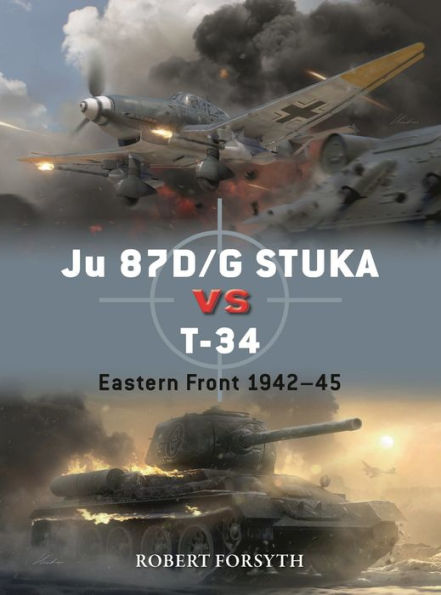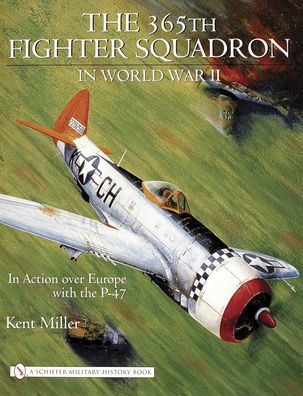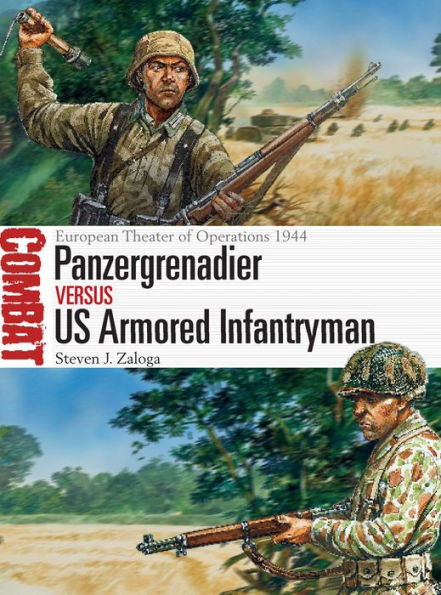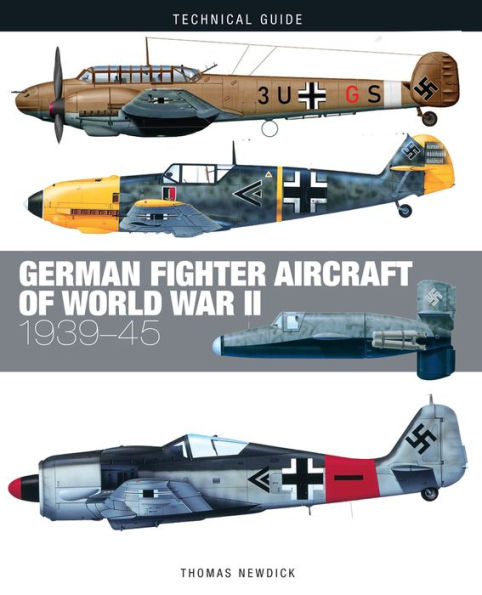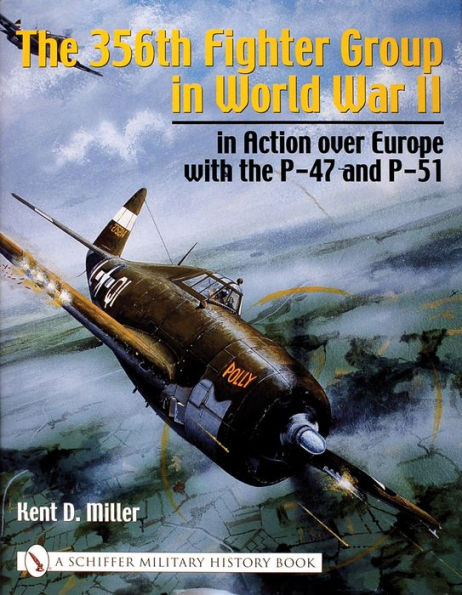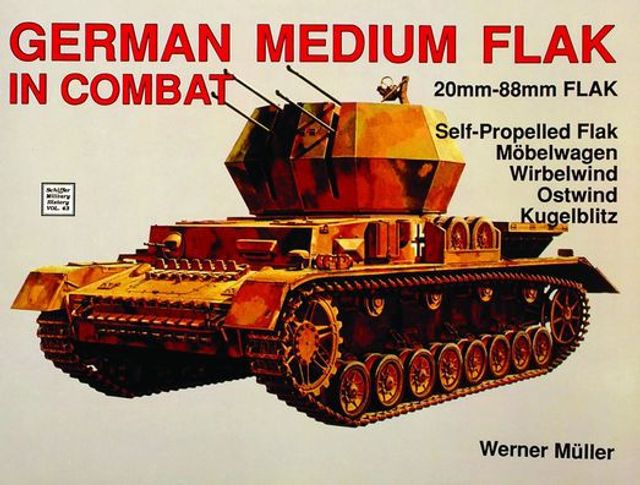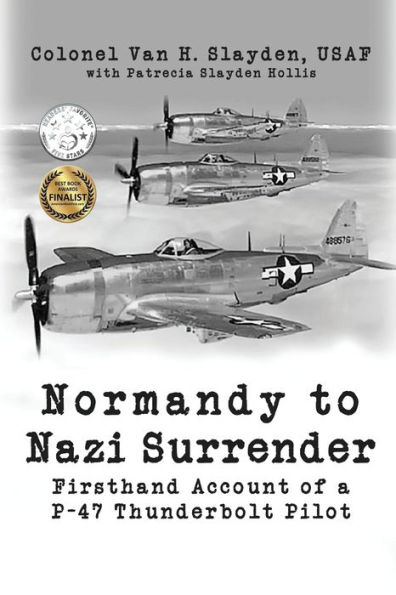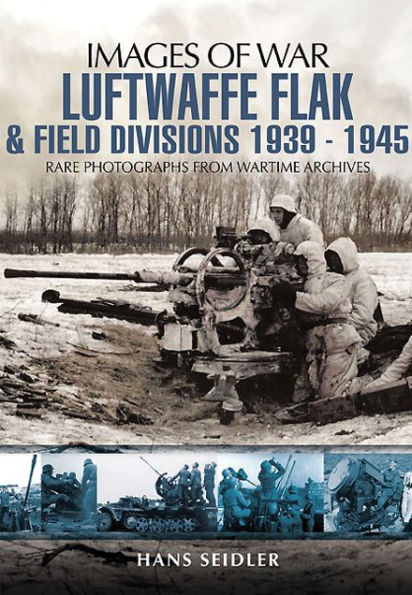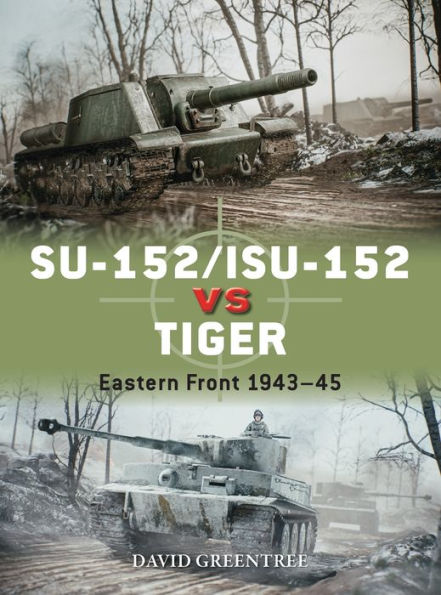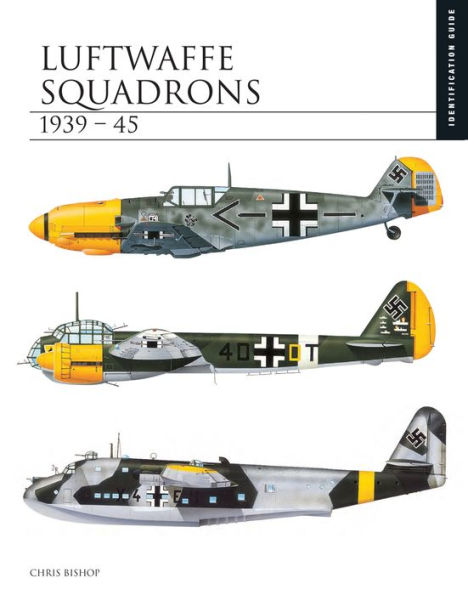Home
P-47 Thunderbolt vs German Flak Defenses: Western Europe 1943-45


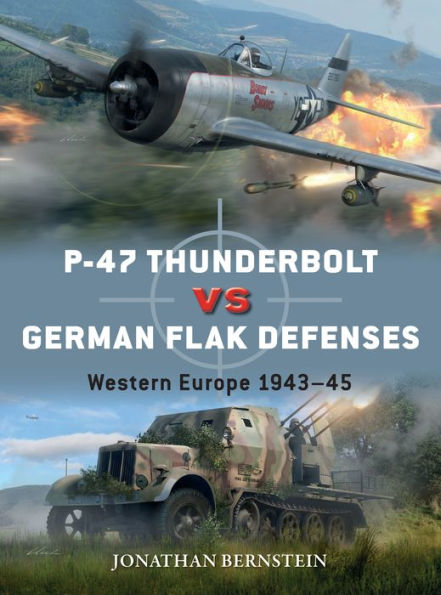
P-47 Thunderbolt vs German Flak Defenses: Western Europe 1943-45
Current price: $22.00
Loading Inventory...
Size: Paperback
Since the end of World War 2, the tactical air war over Europe has been largely overlooked by historians and authors alike in favor of analysis of the higher profile strategic bombing campaign. Involving just as many aircraft as the daylight heavy bombing campaign, the fighter-bombers (principally of the Ninth Air Force) wreaked considerably more havoc on German ground forces. Indeed, Thunderbolt units undertaking such missions effectively complemented the strategic campaign, ensuring the defeat of Nazi Germany. P-47 pilots paid a high price to achieve this victory, however, as the German flak arm was well equipped (nearly a quarter of all war-related production was devoted to anti-aircraft weaponry) with weapons of various calibers to counter tactical air power's low to medium altitude threat. The USAAF four numbered air forces that saw action over the European continent suffered significant fighter-bomber losses to flak. The principle fighter-bomber from the summer of 1944 through to VE Day was the P-47D, with both dedicated ground attack units and squadrons that had completed their bomber escort tasking seeking out targets of opportunity across occupied Western Europe.
While heavy-caliber anti-aircraft fire was intended to both shoot down enemy aircraft and force bombers to drop their ordnance sooner or from higher altitudes, thus reducing bombing accuracy, low-altitude flak batteries put up a virtual 'wall of steel' for enemy fighter-bombers to fly through. Damaging a low-flying fighter-bomber made it easier for other flak gunners to track, engage, and destroy it. Innovations like lead-computing gunsights gave gunners a higher probability of intercepting low-altitude fighters. Conversely, the appearance of air-to-ground rockets beneath the wings of P-47s gave pilots better standoff range and a harder-hitting punch when dealing with low and medium altitude flak units.
This volume analyzes the tactics and techniques used by both P-47 fighter-bomber pilots and German flak gunners, featuring full-color illustrations to examine the Allied tactical air power in Europe from 1943 and how German defenses were overpowered by the air threat.
